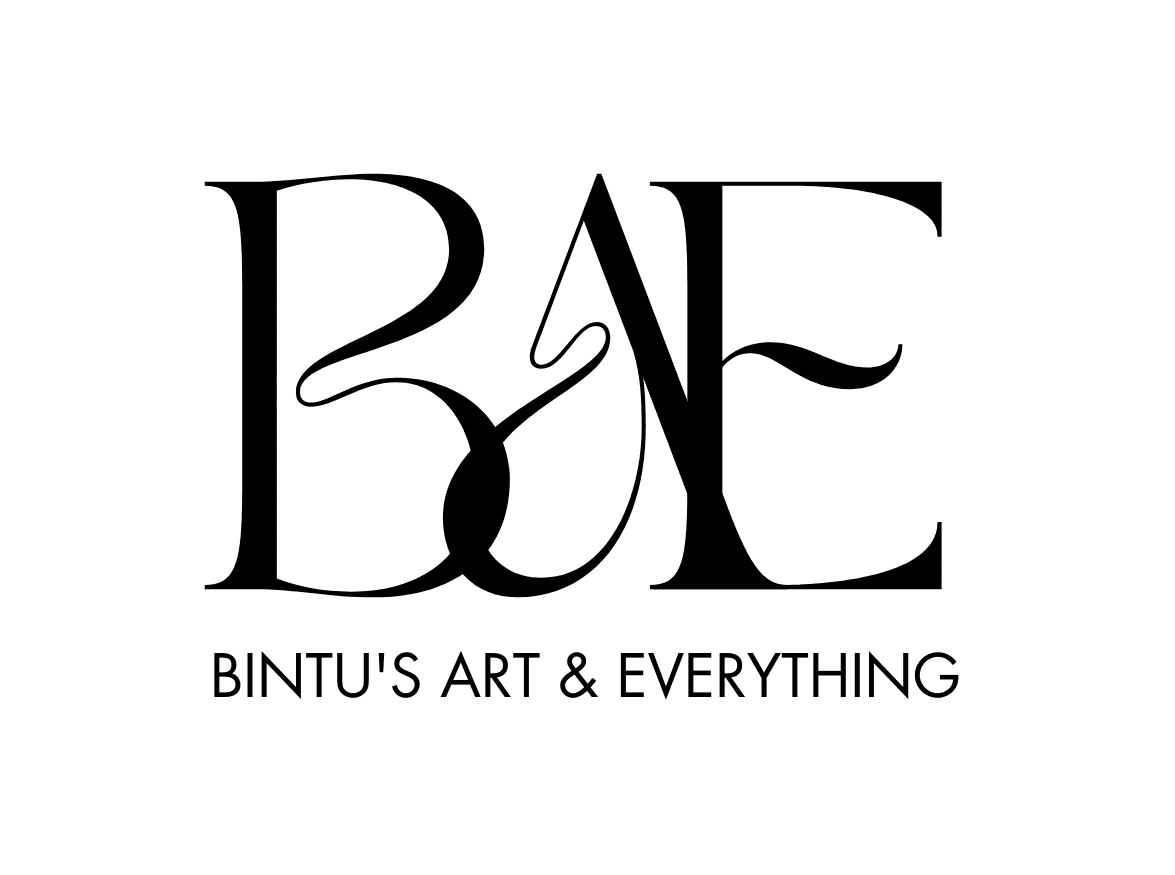What I Wish I Knew Before Going Full-Time as a Freelancer
Starting a full-time freelancing career can feel like stepping into a new world. The freedom, flexibility, and potential income are tempting. Yet, many new freelancers jump in without enough preparation. They quickly face surprises that can shake their confidence and stability. Knowing what to expect makes a big difference. The right preparation can turn freelancing from a risky gamble into a sustainable career.
Understanding the Financial Realities of Freelancing
Income Variability and Cash Flow Management
Freelance income isn’t steady. Some months might be great, others slow. This irregular income can make planning tricky. Creating a safety net helps because you won’t panic when payments are late or smaller than expected. Building a buffer of three to six months’ worth of living expenses is a smart move.
For example, Sarah, a freelance graphic designer, noticed her work slowed after a big project wrapped. Because she saved beforehand, she managed to stay afloat during leaner times. She learned to expect seasonal dips and plan her finances accordingly.
Setting Realistic Income Goals
Many freelancers have inflated ideas about earning fast. It’s important to set goals based on your skills and what’s reasonable in your market. Research what others charge in your niche.
Tracking your income Helps you see trends and set achievable targets. Over time, you’ll learn how many clients or projects you need to meet your financial needs.
According to industry surveys, the average freelancer in the US makes around $50,000 annually. But this varies a lot depending on skills, experience, and location. Setting realistic goals helps avoid frustration and burnout.
Budgeting for Business and Taxes
Freelancers often overlook costs like taxes, health insurance, and retirement savings. Setting aside money for taxes each month prevents surprises at tax time.
A simple trick is to open a separate business account. Deposit a percentage of each payment into it. That way, you won’t accidentally spend what’s meant for taxes.
Also, consider costs like software, equipment, and professional development. These expenses add up but are necessary to maintain and grow your work.
Building a Sustainable Workflow and Client Base
Establishing Effective Routines and Boundaries
When freelancing, it’s easy to blur work and personal life. Setting clear work hours keeps stress low and productivity high. Having a schedule helps you avoid working late into the night or weekends.
Boundaries protect your time and energy. If clients expect 24/7 availability, burnout follows. Decide your working hours and communicate them clearly.
As one expert puts it, “Work boundaries are essential to stay motivated and healthy.” Staying disciplined is hard but worth it.
Finding and Retaining Clients
Networking, outreach, and persistence are key. Use social media, online platforms, and personal contacts to connect with potential clients. Follow up on leads regularly.
Building strong relationships encourages repeat business. Satisfied clients often refer you to others. Long-term clients provide steady income and reduce the pressure to constantly find new work.
Take Jim, a freelance writer, who focused on client retention. By delivering quality and staying in touch, he grew his freelancing into a reliable career. His repeat clients became a core part of his growth.
Pricing Strategies and Negotiation Skills
Pricing can be tricky. Set rates that reflect your skills but are also competitive. Do market research and avoid undercharging.
Good negotiation skills help you get fair pay. Be clear about your value and what’s included in your price. Practice saying “no” to lowball offers.
One mistake freelancers make is undervaluing their work early on. Don’t sell yourself short — your time and skill are worth it.
Developing Essential Skills Beyond Your Craft
Time Management and Productivity Tools
Managing your time well is critical. Use tools like calendars, to-do lists, or apps like Trello to stay organized.
Minimize distractions by creating a dedicated workspace. Focus on high-priority tasks first. Small habits like inbox checks only twice a day can boost productivity.
Studies show that using productivity tools increases work efficiency by up to 30%.
Marketing and Personal Branding
Having a strong online presence is key. Create a professional website or portfolio showcasing your best work. Use social media to share insights and connect with potential clients.
Content marketing, like writing blog posts or sharing tips, can position you as an expert. Personal branding builds trust and attracts clients who value your skills.
A good example: Lisa started posting weekly tips on LinkedIn. Soon, she gained a following and started getting direct inquiries.
Learning and Adapting to Market Trends
The work world keeps changing. Stay competitive by learning new skills and earning certifications.
Listen to client needs and adapt your services. For example, a freelance designer who learned motion graphics expanded his offerings and found new clients. Flexibility helped him grow his income and reputation.
Preparing for the Longevity of a Freelance Career
Mental Resilience and Self-Motivation
Freelancing can be lonely. You might feel anxious or overwhelmed. Recognize these feelings and find ways to stay motivated. Break big projects into small tasks to avoid feeling overwhelmed.
Self-care matters. Exercise, healthy eating, and taking breaks prevent burnout.
Data shows nearly 60% of freelancers report mental health struggles. Being aware and proactive can make a difference.
Legal Considerations and Contracts
Clear contracts protect both you and your clients. Spell out scope, deadlines, and payment terms. Know your rights around intellectual property.
There are many free templates online or professional services to review your contracts. Having these in place minimizes misunderstandings.
Planning for Growth and Diversification
Use freelancing to build passive income streams—like online courses, ebooks, or templates. These don’t require constant work but bring in money.
Expand your services or products gradually. It opens new markets and stabilizes your income.
Consider Emily, who started with writing. Later, she created online courses and earned from her expertise even when she wasn’t actively working. It turned her freelancing into a multi-income business.
More tips and ideas await — read on! :5 Powerful Email List Growth Tactics That Still Work in 2025
Conclusion
Choosing to go full-time as a freelancer offers freedom but comes with lessons. Knowing the financial, professional, and mental aspects before starting makes a difference. Prepare for the ups and downs, and continuously learn and adapt.
Success isn’t about luck — it’s about planning, persistence, and staying flexible. Your freelance career can be rewarding if you go in with your eyes open. Embrace the journey with confidence, knowing you’re ready for what’s ahead.






